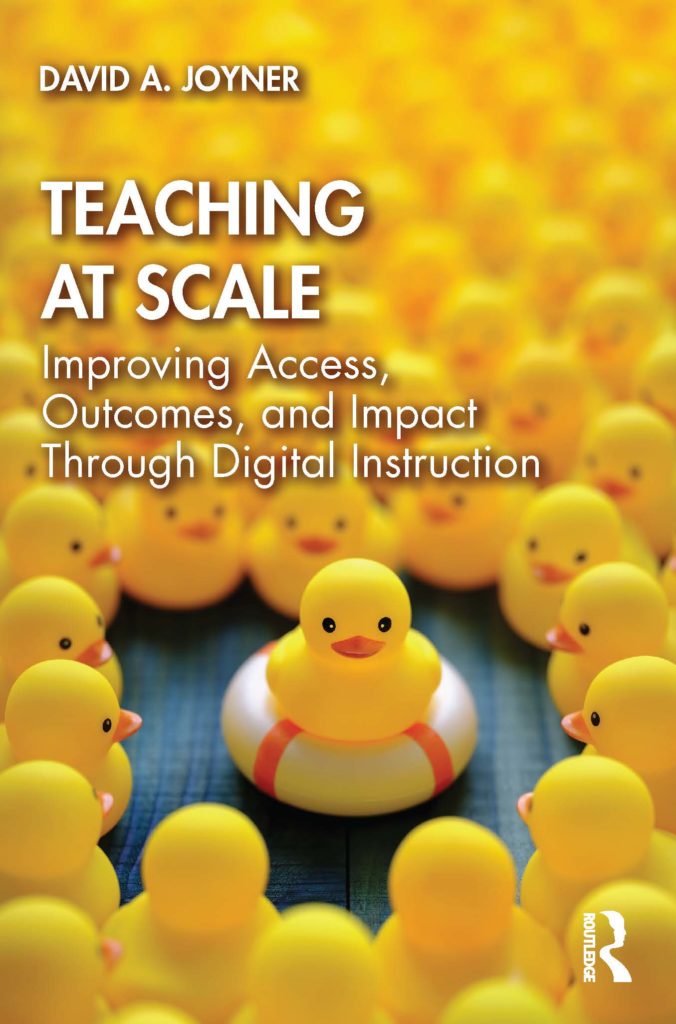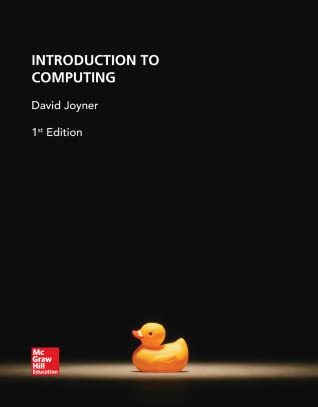Maybe the real strategic plan is the friendships we made along the way.
In fiction, a MacGuffin is generally some sort of object whose sole function is to motivate other action in the story. In order for the story to happen, the characters have to be chasing something, so the characters have to really care about the something. But from the audience’s perspective, the MacGuffin itself probably doesn’t matter: it just matters because it motivates the story that they actually care about.
MacGuffins are extremely common in stories. There’s Orion’s Belt in Men in Black. There’s the Philosopher’s Stone in Harry Potter. There’s the Nethicite in Final Fantasy XII. There’s the holy grail in both Indiana Jones and Monty Python‘s respective quests for it.
Or my favorite example, from Grumpy Cat’s Worst Christmas Ever, after the introduction of a million-dollar dog that the rest of the characters are going to spend the rest of the movie chasing: “That sounds like a MacGuffin to me!”
Now, I bring this up because for the last couple years, I’ve noticed something in some meetings and committees I’ve been part of. These committees usually have some kind of product they’re seeking to produce that motivates getting their constituent members together. They meet because they’re tasked with drafting a section of a strategic plan, or making a recommendation about some policy change, or generating a response to some recent event. Even if they don’t have a clear deliverable product, they have some kind of clear motivating reason to get together.
For many of these committees that I’ve been on, we’ve done our work and generated our recommendation or written our report… and then I can’t honestly say I have any idea where that work went. I don’t know if it had any impact. Sometimes I’m not sure it was ever even seen. Others, the decisions themselves could have just as easily been made over email. (And to be clear: this is just as prevalent in all sorts of external advisory boards and task forces and steering committees. This isn’t a Georgia Tech thing.)
Does that make these meetings wastes of time? Actually, no—and I say that as someone who hates unnecessary meetings. The true value I find in these meetings is that it forces me to interact with and get to know people from other departments, universities, and fields that I never would work with and get to know otherwise. There’s enormous value in the networking and socializing that happens as a byproduct of these meetings.
So if those secondary effects are so valuable, why not just make them the primary goal? Why not have meetings where we just say, “hey, wouldn’t it be interesting to get together with people from these different departments and just chat?” But inevitably if you try that… no one shows up. People are generally too busy for meetings that don’t have some clear reason to occur. Even if they want to attend, they’re staring at the pile of unread emails in their inbox or that unfinished paper manuscript or those papers to grade—and it’s so much easier to choose the task that they know will have some small benefit after an hour compared to a meeting that might not deliver any value.
That’s why I’ve come to look at certain meetings through the lens of being a MacGuffin Meeting. There has to be some concrete reason to get together, but the concrete given reason isn’t the primary value of the meeting. The value is in the networking and relationship-building that the meeting motivates. There are lots of people around Georgia Tech, around the country, and around the world that I feel like I could write to and strike up a collaboration or discussion because we have familiarity from some past collaboration on a steering committee or task force or working group or advisory board, even if I don’t have any idea if what we actually did for that project ever had any value—but because we worked together, I have a contact who I wouldn’t have otherwise.
In other words: maybe the real strategic plan is the friendships we made along the way.
Of course, this isn’t a justification for unnecessary meetings. To be a true MacGuffin Meeting there are certain characteristics it has to have: it has to motivate relationship-building among people that wouldn’t have had an opportunity to do that otherwise. MacGuffin Meetings have to take advantage of what’s possible in a meeting that isn’t possible via email or a collaborative document or some less time-consuming mechanism. If one person is doing most of the talking, or if the meeting primarily just disseminates information, or if the attendees already know each other really well, then it’s not really a MacGuffin Meeting.
I did a little fireside chat-like visit with our CS7641 class earlier this week, and the last question I got was: if you had one free hour to spend, what would you do that would deliver the most impact? It was a great question, and one that really made me think for a second. But after thinking about it, my answer was: I’d meet, informally, with some people I don’t talk to very often. The opportunity to just bounce ideas around and build those relationships has more potential to light a fire or spark an idea than anything I could spend an hour researching, learning, or doing on my own.
It wasn’t until today that I connected that answer to this idea of MacGuffin Meetings, which has been on my ‘backlog’ of topics to blog about for over a year now. It’s the same thing that makes these MacGuffin Meetings valuable: it’s the chance to build a relationship with someone who I wouldn’t have known well otherwise, in a way that wouldn’t ever happen if our stated goal was some vague idea of ‘networking’. I’ve had lots of meet-and-greets with people that were for the stated purpose of, “We probably have a lot to talk about!”, and while they’ve been interesting, I can’t think of any that ever went anywhere. It’s only when actually collaborating on a project that the relationship formed, and the relationship was worth it even if the project went nowhere.
Now I will say: while I think this idea is appealing, it’s also difficult to put into practice. Managers and administrators and executives can, in theory, create their own MacGuffin Meetings by creating projects under somewhat false pretenses, but if it’s known that that’s the reason for the project it undermines the purpose. But from that view, it’s more about not shying away from creating these sorts of task forces and planning groups, knowing that the time absolutely will not be wasted: it might not accomplish the stated goal, but it will have some positive outcomes.
More personally, though, it changes the way I look at different invitations to participate in different groups. If a group is going to involve minimal independent work, and if it’s going to get me meeting with people I likely wouldn’t spend much time with otherwise, I’ll generally say yes—because worst-case scenario, it’ll be a MacGuffin Meeting.
















